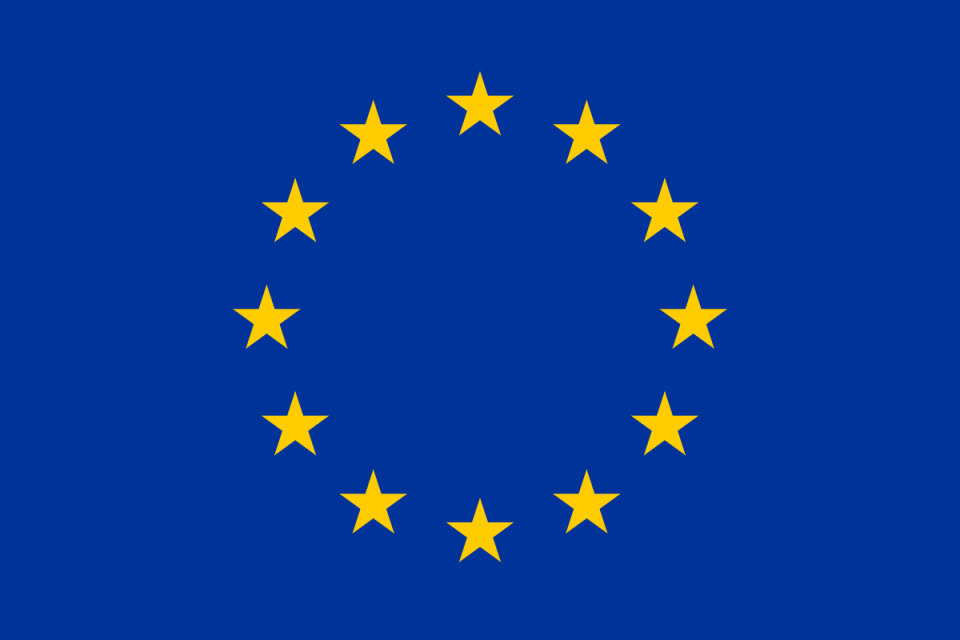
Big data: Mobile Operators’ Location Data for Urban Planning
This data can be used for a wide variety of purposes, but first it needs to be optimized and the ideal output format for its use in different sectors must be determined.
In other words, the entire process for taking input data and producing the required output data needs to be designed and tailored to the specific needs of individual users. Additional processes and technologies will also be required to ensure this data can be utilised long-term and in a meaningful manner.
For this reason, IPR Prague is implementing a project entitled “Mobile operators' location data for urban planning,” which is being supported by the Operational Programme Prague – Growth Pole of the Czech Republic (OP PGP).
About the project
A large number of tasks associated with urban planning are, directly or indirectly, dependent on people and their movement within a defined space. Standard methodologies, which allow analyses that aid in planning have been used for many years. The disadvantage of these traditional methods is that they are tied to statistical data, such as a census, specific survey or model data.
In the past, a pilot project on the “Acquisition of data from monitoring present inhabitants using an analysis of residual mobile operators’ location data“ (Big data) was successfully implemented in cooperation with IPR Prague and other entities. This project identified anticipated output, but also the potential for its application in other areas and by other municipal organisations than was initially planned.
The main anticipated benefit of the current project is the procurement of realistic and plastic information on the dynamics of people’s movement within Prague and its metropolitan area and on the structural and temporal characteristics of territorial use. This is therefore a complex system for the effective and long-term procurement, processing, storage and use of such data by various municipal organisations.
The objective is to create new data sources based on mobile operators’ location data and to specify output data and data products, create tools for working with these data sources, as well as to define a coordination framework for working with this data and outputs by various organisations and entities.
This project also envisages the availability of near real-time data, which is invaluable in areas of operative management and security.
Main outcomes
- Specification of new data products based on mobile operator’s location data to support the solution of selected tasks by Prague City Hall (or individual district authorities) and municipal organisations
- Methodology for the creation of individual data products from mobile operators’ primary data
- Software solutions for storage, sharing, aggregation and work with data products
- A uniform licensing model for the use and application of the data, including the potential designation of outputs for publication in the open data regime
- Possibility of simple deployment of developed solutions without the need for major interventions
Project schedule
This project started on 1 June 2018 and its implementation should be achieved within 48 months (M1 – M48). It is divided into 2 separate parts.
The first part of the project consists of two six-month phases, which are implemented consecutively within the M1 – M12 period. The first phase focuses on organising a public tender for professional consultants for the project, who will provide consultations on individual professional tasks throughout the term of the project. Similar tenders will be organised for project management and legal services. The second phase within this part of the project focuses on the selection of an innovation partner, again using tender proceedings.
The second part will last 3 years (M13 - M48). This is the key part of the project in terms of achieving the defined objectives, because it will produce the final specifications for input and output data, as well as individual methodological guidelines for the creation of tools and other, no less important, components of the entire project. This part of the project is again subdivided into 3 development cycles. Each cycle consists of two six-month phases. Each phase has a set of clearly defined activities. Once each phase is completed, it will be evaluated in terms of the fulfilment of these individual activities, achieving the anticipated results and in relation to connected activities. The significance of the cycle is very important from the perspective of iterative improvement in the quality of achieved results within individual parts of the project.


